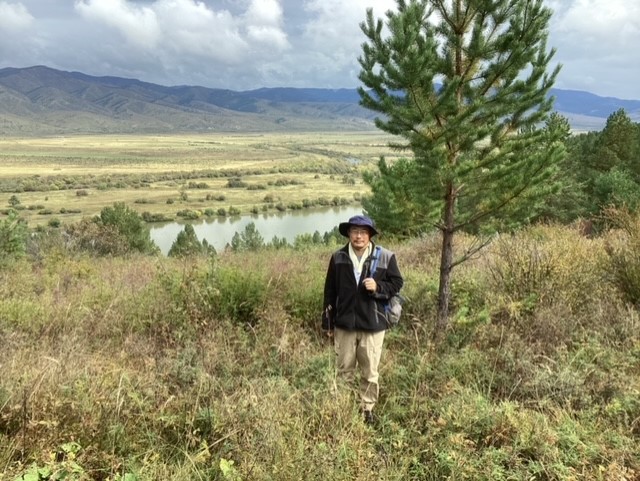Obsidian hydration dating helps understand pre-hispanic land use on the volcanic island of Tenerife, Canary Islands, Spain
Departmental News
Posted: Sep 27, 2023 - 11:00am

In a new article Obsidian hydration dating helps understand pre-hispanic land use on the volcanic island of Tenerife, Canary Islands, Spain Alumni Yuichi Nakazawa (UNM PhD, 2007), John Rissetto (UNM PhD, 2009), and co-authors present their research in Quarternary International.
Abstract
Critical to the survival of island-based human societies is their resilience and adaptation to volcanic hazards. We
here evaluate pre-Hispanic (before 15th century AD) land use patterns on the volcanic island of Tenerife, Canary
Islands, Spain using obsidian hydration dating (OHD). The samples studied include archaeological artifacts and
natural rock chips from multiple sites of different elevation and micro-climate settings. We systematically
collected samples from the southern dry area around Barranco de las Monjas in the Bandas del Sur. These include
a total of 28 isolated artifact scatters (here, a scatter is defined as a minimum spatial unit of artifacts distributed
spatially limited range on the surveyed surface), one dwelling, and several pyroclastic deposits containing
obsidian clasts. We also collected several artifacts adjacent to a large obsidian flow of Tabonal Negro in the Las
Canadas ˜ Caldera. more
